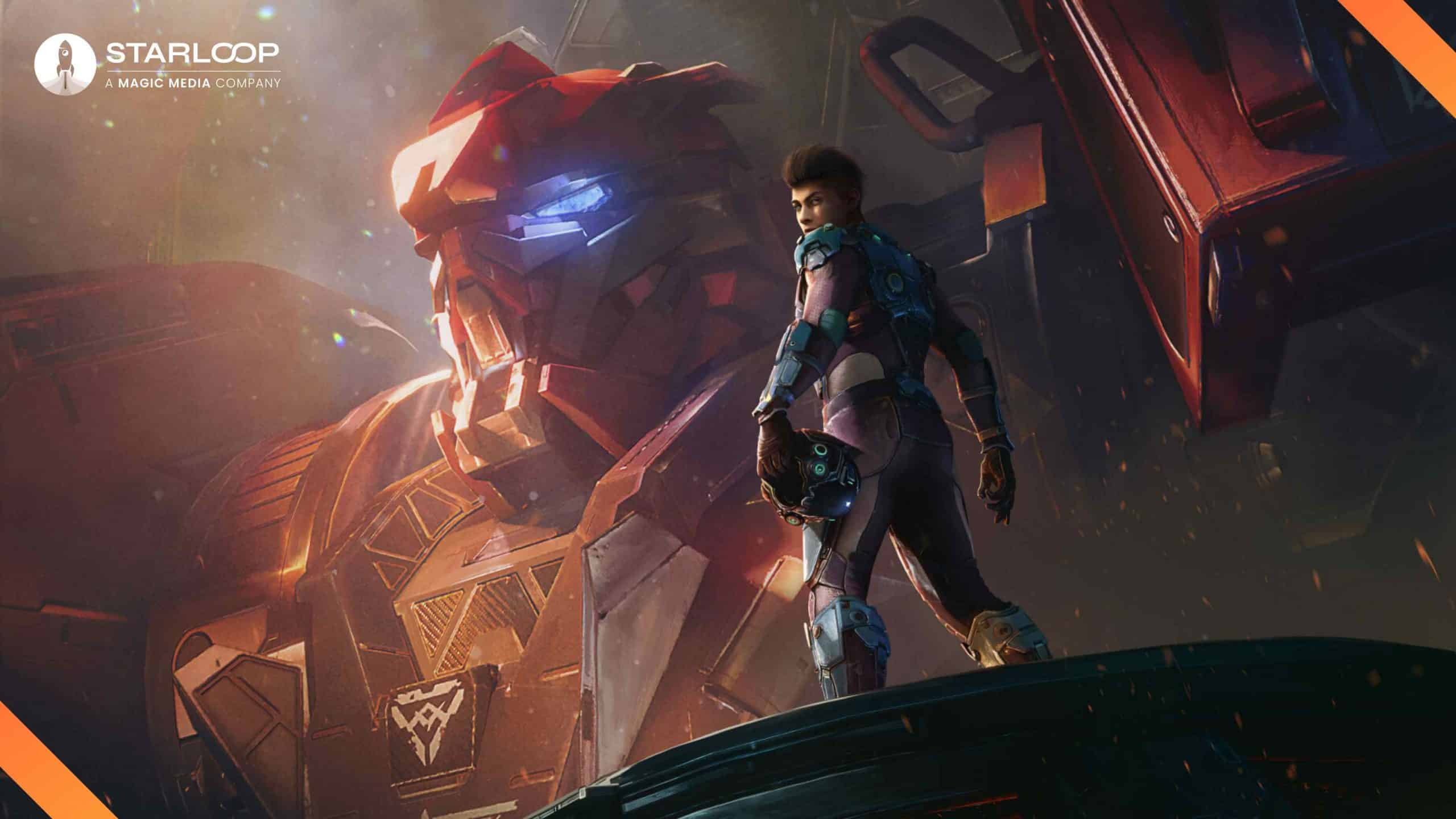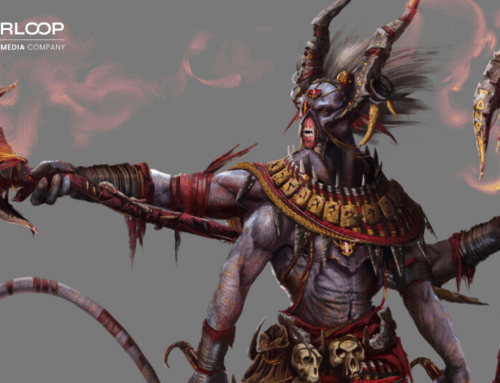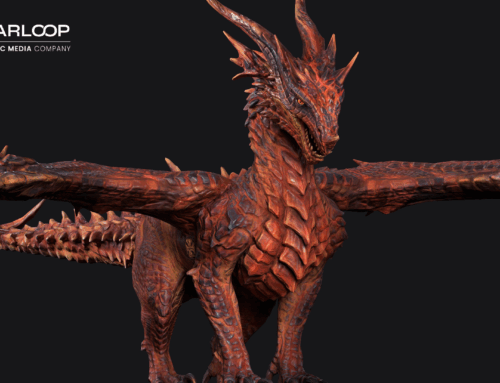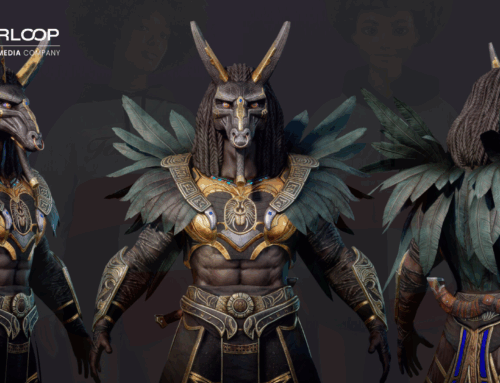Animation and visual effects are two of the artistic pillars of game development. Though both processes can be associated with each other, ultimately, they’re different disciplines that accomplish different objectives for video games. On the most basic level, animation refers to the movement of objects and characters, whereas VFX refers to actions, polish, immersion, and more.
Both animation and VFX have seen rapid development and have become essential facets of game development. Whether you’re developing a hyper-realistic AAA title or a stylized indie title, top-quality animation and VFX can enhance your game’s overall look and feel and make it more appealing to a wider audience. Animation and VFX are processes that work well with each other but are different and require different skills to create.
Animation Uses and Definition
Animation is the process that makes characters in games move. Animators take objects and characters, either 3D or 2D, and make them move, breathing life and personality into them. Animation cycles are created for character actions in games, including everything from simply walking and running and using weaponry to complex and choreographed fight scenes.
Importantly, animation dictates not only character movement but how they move. Games like the Call of Duty series present realistic animation to match its serious combat simulator aesthetic, whereas colourful titles like Gang Beasts have exaggerated animations to suit its stylised visual style and provide slapstick comedy moments.
Animation Principles and Player Expectations
We’ve seen in our experience that it’s common practice for animation in games to adhere to the twelve basic principles of animation. This includes anticipation, which prepares the audience for an action that’s about to happen, staging, a common staple of cinematic cutscenes which directs the audience’s attention, and more.
For some titles, it can be a clever move to intentionally break some of the basic animation principles. Squash and stretch, the principle that helps create a sense of weight and flexibility for objects, is broken to fantastic effect in the previously mentioned Gang Beasts. The player characters in Gang Beasts are gelatinous humanoids who have exaggerated squash and stretch effects. This helps the gameplay immensely as a comedic competitive multiplayer title, as players can bounce off objects and other players in an exaggerated manner, which befits the game’s visuals and gameplay perfectly.
A distinct challenge we’ve seen with realistic animations is getting them as flawless as possible. Players can quickly notice imperfections and errors, which is especially true for titles aiming for true-to-life animations. Mistakes can be easily spotted in third-person titles in particular, as players have free reign over camera control and a 360-degree view of all in-game animation cycles.
VFX Uses and Definition
While animations are crucial to making characters move in a believable – or unbelievable – manner, VFX is a key component to add layers of immersion to a game. Visual effects determine the weather, explosions, magical particle effects, and more. Where animation is more concerned with the movement of characters and objects, VFX relates more to actions and movement outside of characters.
It’s common in modern AAA titles to see VFX used to create a sense of immersion via dynamic weather effects. Modern blockbusters like Elden Ring and Ghost of Tsushima have open worlds that feel truly lived in, partly thanks to the ever-changing weather effects.
VFX Gameplay Effects and Professional Looks
Animations help determine what action a character is taking or about to take, but VFX can help a game communicate with a player in a sophisticated and subtle way. With VFX, developers can communicate with a player using particle effects, colour, and shape. This usually comes to fruition through attacks having a particular colour and particle effect shape and size, illuminated objects that guide players along a path or highlighting enemy weak points.
Visual effects help instil a sense of visual polish and flair that wouldn’t be achievable with animation alone. Modern classic arcade games like Geometry Wars for instance would be lacking and lifeless without its use of VFX, as would larger-than-life battles in RPG titles like Dark Souls 3 and The Witcher 3: Wild Hunt. In addition to VFX’s use as a form of communication with the player, it can be seen as the cherry on top, the polishing for a truly professional-looking game.
Contact Starloop Studios today to learn more about our expert high-quality game development services for all platforms.
As part of Magic Media, we offer a wide range of services for the gaming, entertainment, and tech industries, including but not limited to full-cycle game development, game trailer production, and real-time VFX. Get in contact today, and let’s create magic!



